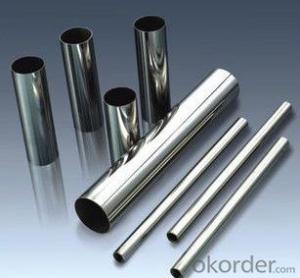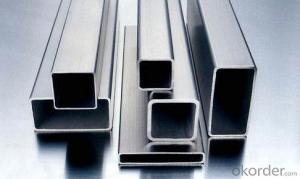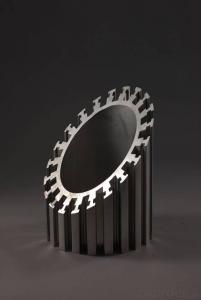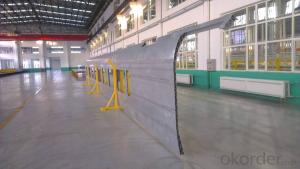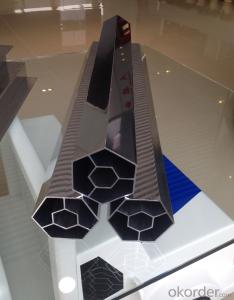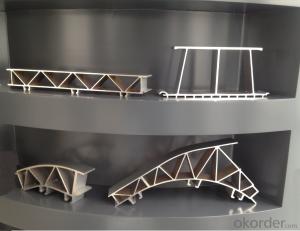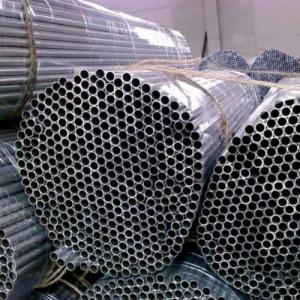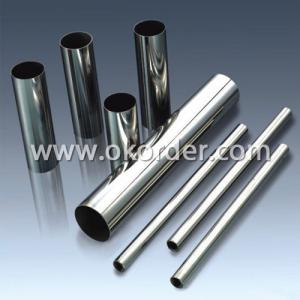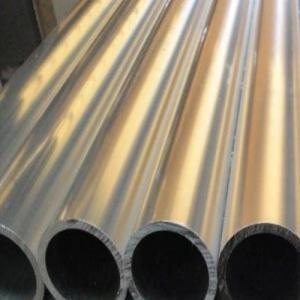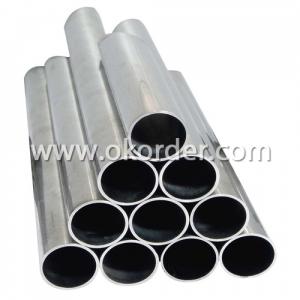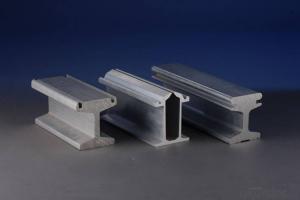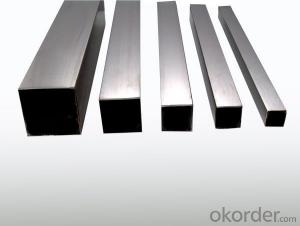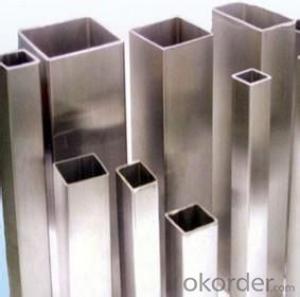Aluminum cooler
- Loading Port:
- Dalian
- Payment Terms:
- TT OR LC
- Min Order Qty:
- -
- Supply Capability:
- 3000T pc/month
OKorder Service Pledge
OKorder Financial Service
You Might Also Like
We are the largest aluminum profilemanufacture in
We can provide such heat sink as belows:
Material | Alloy Aluminum 6063,6061,6005,6082 or customer nominated |
Temper | T3, T4, T5, T6 and other |
Surface | Anodize, electrophoresis, powder coating, PVDF coating, etc. |
Colour | Any colour based on Standard Germany RAL Mark |
Length | According to the drawings |
Good Package | Inner plastic film /outside carton/wooden pallets |
Payment Method | T/T, L/C, etc |
Delivery Time | Normally 2-4 weeks, Delivery time can be consulted. |
Press Machine | 500-12500 tons all together 93 press lines. |
Fabrication | 1. Hest sink 2. Drilling; 3. Bending; 4. Cutting; 5. etc. |
Certificate | ISO/TS 16949,DNV,IRIS,CCS,AFA,etc. |
Dies | 1. Using our dies, no fee; |
2. Using customer drawing, opening dies, usually about 5~50 tons then the dies cost can be refunded. | |
3. Die cost is negotiable base on the order quantity | |
Capability | Annual output 800,000 tons |
- Q:What is the difference between air conditioning copper tubes and aluminum tubes?
- The copper tube has high heat transfer efficiency, corrosion resistance and good strength, but the price is expensive.The heat transfer efficiency of aluminum pipe is higher, the corrosion resistance is not good, but the price is much cheaper.
- Q:Are aluminum pipes suitable for outdoor use?
- Indeed, aluminum pipes prove to be fitting for outdoor utilization. Aluminum, being an incredibly adaptable and enduring substance, exhibits remarkable resistance against rust and corrosion. Its exceptional aptitude to withstand various weather conditions renders it ideal for outdoor applications. Consequently, aluminum pipes find common employment in a multitude of outdoor scenarios such as construction sites, irrigation systems, outdoor furniture, and outdoor structures. Moreover, their lightweight nature and effortless maneuverability render them a convenient option for outdoor installations. All in all, aluminum pipes stand as a dependable and enduring alternative for outdoor utilization.
- Q:Can aluminum pipes be used for oil and gas pipelines?
- Yes, aluminum pipes can be used for oil and gas pipelines. While steel pipes are the most commonly used material for oil and gas pipelines due to their strength and durability, aluminum pipes can also be suitable in certain applications. Aluminum pipes offer advantages such as being lightweight, corrosion-resistant, and having excellent thermal conductivity. These properties make them particularly useful in situations where weight reduction is essential, such as offshore or deepwater pipelines. Additionally, aluminum pipes have a high resistance to hydrogen sulfide (H2S) corrosion, making them a good option for sour gas environments. However, it is important to note that aluminum pipes may not be suitable for all oil and gas pipeline applications, and factors such as pressure, temperature, and composition of the transported fluids need to be carefully considered before choosing the appropriate pipe material.
- Q:Are aluminum pipes suitable for architectural applications?
- Yes, aluminum pipes are suitable for architectural applications. Aluminum is lightweight, durable, and corrosion-resistant, making it a popular choice for various architectural projects such as structures, façades, and interior design elements. Additionally, aluminum pipes offer flexibility in design, easy installation, and low maintenance requirements, making them an excellent choice for architects and designers.
- Q:Are aluminum pipes suitable for oil refineries?
- Yes, aluminum pipes can be suitable for oil refineries, depending on the specific requirements and conditions of the refinery. Aluminum pipes offer several advantages that make them a viable option for certain applications in oil refineries. Firstly, aluminum pipes are lightweight, which makes them easier to transport, install, and handle within a refinery facility. This characteristic can reduce the overall cost and time associated with the installation and maintenance of the piping system. Secondly, aluminum has a high corrosion resistance, especially when exposed to air. This quality is crucial in oil refineries where the pipes come into contact with various corrosive substances, such as crude oil, petroleum products, and chemicals. The resistance to corrosion helps prolong the lifespan of the pipes and reduces the need for frequent replacements or repairs. Additionally, aluminum pipes have excellent thermal conductivity. This property allows for efficient heat transfer within the refinery processes, which is essential for operations such as distillation, catalytic cracking, and oil separation. The high thermal conductivity of aluminum pipes can contribute to improved energy efficiency and cost savings. However, it is important to note that aluminum pipes may not be suitable for all applications in oil refineries. For instance, they may not be ideal for carrying highly pressurized fluids or in situations where high temperatures are involved, as aluminum has lower strength and melting point compared to other metals like steel. In such cases, steel or other alloys may be more appropriate. Overall, the suitability of aluminum pipes in oil refineries depends on the specific requirements, conditions, and limitations of the refinery processes. It is crucial to assess the compatibility of aluminum pipes with the operational needs of the refinery, taking into consideration factors such as pressure, temperature, and the nature of the fluids being transported.
- Q:What are the different joining methods for aluminum pipes?
- Aluminum pipes can be joined using various methods, each having its own benefits and applications. 1. Welding, the most common method, involves melting the pipe edges and fusing them together with heat and a filler material. TIG and MIG welding are commonly used for aluminum pipes but require skilled labor and specialized equipment. 2. Mechanical joining techniques include flanging, threading, and compression fittings. Flanging involves creating a flange on the pipe end and connecting it to another flange using bolts or screws. Threading involves cutting threads on the pipe ends and using threaded connectors. Compression fittings tightly clamp the pipes together using a compression nut and ferrule. These methods are easy to perform and do not require welding, making them suitable for specific applications. 3. Brazing uses a lower melting point filler material, typically a brass alloy, to bond aluminum pipes. The filler material is heated until it melts and flows into the joint, creating a strong bond. Precise temperature control and flux are necessary for proper bonding. 4. Adhesive bonding employs specialized adhesive or epoxy to bond aluminum pipes. The adhesive is applied to the joint, and the pipes are pressed together and left to cure. Although adhesive bonding provides a strong and lightweight joint, it may not be appropriate for high-temperature applications. The choice of joining method depends on factors such as the application, required strength, cost, and availability of equipment or expertise. It is crucial to consider these factors carefully and seek advice from experts to determine the most suitable joining method for aluminum pipes in a specific situation.
- Q:External diameter 80mm, diameter 23mm, length 500mm, want to use iron pipe to do external mold, internal mold with iron pipe or solid iron rod processing into taper column (and spray boron nitride release agent), do not know such a practice, OK? In this mode with the taper approach in the aluminum liquid after solidification can easily remove aluminum (because the coefficient of thermal expansion than iron, I am afraid after cooling tubes will (lock core) trouble experienced teacher for advice! Thank you! StopWell, I'll make a small tube of plaster. If the inner mold is not working, will it be stuck together with the aluminum parts? It's not good to clean it
- A drill bit that is not so long can be welded longer.Or you can't buy this round bar.
- Q:502 glue to aluminum and plastic cement do
- The 502 is not the ordinary aluminum and plastic cement, with more than 98% pure sticky metal glue is designedBut if your plastic is POM or HDPE HDPE, nothing will stick,Such as PPPEABSPCPSPVCPA, and these are QIS-3008L glue, the effect is very strong
- Q:What are the different surface treatments available for aluminum pipes?
- Some of the different surface treatments available for aluminum pipes include anodizing, powder coating, painting, polishing, and brushing.
- Q:What are the specifications of aluminium tubes?
- Shanghai pan bamboo company specializing in the production of aluminum pipe, thin-walled tubes, thick walled tubes, small diameter tubes, large diameter tubes, small caliber thin-walled tubes, small caliber thick wall pipe, large diameter thin-walled aluminum tube, large diameter thick walled tubes, various specifications of aluminum rodNo specifications can be customized to find Ke Chunquan Oh, I hope to help you oh!
1. Manufacturer Overview |
|
|---|---|
| Location | |
| Year Established | |
| Annual Output Value | |
| Main Markets | |
| Company Certifications | |
2. Manufacturer Certificates |
|
|---|---|
| a) Certification Name | |
| Range | |
| Reference | |
| Validity Period | |
3. Manufacturer Capability |
|
|---|---|
| a)Trade Capacity | |
| Nearest Port | |
| Export Percentage | |
| No.of Employees in Trade Department | |
| Language Spoken: | |
| b)Factory Information | |
| Factory Size: | |
| No. of Production Lines | |
| Contract Manufacturing | |
| Product Price Range | |
Send your message to us
Aluminum cooler
- Loading Port:
- Dalian
- Payment Terms:
- TT OR LC
- Min Order Qty:
- -
- Supply Capability:
- 3000T pc/month
OKorder Service Pledge
OKorder Financial Service
Similar products
New products
Hot products
Hot Searches
Related keywords



